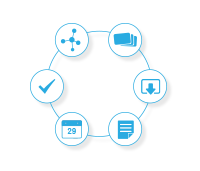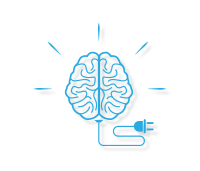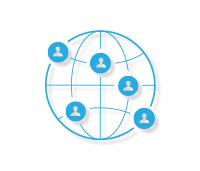Growth through Learning
Delivering better digital learning experiences - Create, Discover & Share relevant learning content
Tools to Build Knowledge
An integrated suite of content creation tools for each step of the learning journey
What our members say …
I love the creativity GoConqr allows me to tap into! We use the GoConqr tools to prepare clients for the PHR and SPHR qualifications. The mind maps are especially helpful in breaking down objectives to create a visual learning guide!
Sandra M. Reed, HR & Management Consultant, USI’m convinced GoConqr contributed greatly to our excellent AS results which were our best ever – I couldn’t recommend it highly enough to other teachers.
David Bayne, Teacher, UKGoConqr is a simple tool that allows you to create beautiful‚ fun and engaging exercises. My students and I are absolutely fans!
Clarisse Thoelen, Teacher, BelgiumGoConqr is an exceptional tool for anyone studying for Professional Qualifications.
Letícia Nobre Coaching Professional, BrazilGoConqr helps me easily share my experiences and knowledge with the different members of my team. All the different tools are really interesting, especially Courses, which offer a great range of learning variety.
Isidro Esparza, Commercial & Marketing Director, SpainI use GoConqr to summarize lots of information and create quick courses through the different tailored tools. I highly recommend it because it’s such an useful tool where you can access easily and design and distribute different strategy plans.
Eduar Guzman, CEO, ColombiaI use GoConqr to plan my lessons, as it is very easy to use and user-friendly. The tools to create Resources are excellent. I recommend it to all teachers and students.
Luis Miguel Espino, Teacher, PeruExcellent tool that allows me to organize and share ideas! I’ve been using it to develop learning content related to Problem Based Learning in the Virtual Learning Environment of the Military Fire Brigade in Santa Catarina.
Anderson Sarte, Fire Brigade Captain, BrazilGoConqr is ideal for creating e-learning activities for students. Fun exercises are easily created without any programming skills. A great program that is easy to use.
Ulrike Renauer, Teacher, AustriaWhen using GoConqr to revise for my summer exams, I found the Mind Maps helpful. It’s a great online application - I will definitely suggest to all my friends!
Katie McAllister, Student, UKGoConqr has been indispensable for my teaching practice. The complete suite of applications on offer are individually brilliant and collectively make up a considerable armory of teaching resources. It is a brilliant educational resource truly fit for the 21st century.
John O'Driscoll, Teacher, IrelandUsing GoConqr has been a great part of my studying life and has made it so much easier! The user-friendly Flashcards tool has enabled me to achieve higher grades than ever before, and I am greatly appreciative that this website exists. Thank you GoConqr!
Kaitlyn Schrauwen, Student, CanadaGoConqr is a great tool for creating varied content for iPad classes. It also gives students quick feedback on exercises.
Kai Wörner, Teacher, GermanyI use Mind Maps for the Krebs Cycle and Photosynthesis for my biochemistry course, and never before could I visualize the entire pathway with just one look!
Sean Lim, Student, USIt takes a lot of work to create mind maps on paper between drawing and coloring them. But with GoConqr it’s so quick and easy to put together effective study schemes and work plans.
Andrea Higashi, Teacher, BrazilThe Quizzes tool is the best one I have found on the Internet. Since I have started using Flashcards with my students their grades have improved significantly.
Pilar López, Teacher, Spain













